
How to Lucid Dream
Dreams are one of the most mysterious occurrences of the human experience. While studies have shown that other species may dream as well, the difference
LSD is often the drug of choice for professionals who say that dropping a smidge of acid gives them the exceptional competitive edge they need. Developers in Silicon Valley are alleged to be after the sharpness of mind and bursts of energy the drug reportedly brings them for Microdosing LSD.
Powerful business magnate and Apple co-founder Steve Jobs gave one of the most powerful testimonials in support of using LSD. Jobs unabashedly said using it was a profound experience, and that he credited dropping acid with his desire to “create great things instead of making money.”
For some reason, people don’t usually equate genius with drug use, but Steve Jobs definitely proves the two are not always mutually exclusive. Since too much acid may have interfered with his work, perhaps Jobs microdosed it. The possibility that he sometimes used a microdosing regimen to help pioneer the PC revolution is something plausible to consider.
Taking small doses of acid, according to some members of the microdosing community, can make you more athletic, creative, focused and attentive. Imagine that, the 60s hippie promise of better living through chemistry may be true after all. But as far as micro-dosing LSD goes, how does it work, exactly? That’s a good question, grasshopper. Read on so you can see what the psychonauts have to say about it.
In 1938, Swiss chemist Albert Hoffman famously synthesized lysergic acid diethylamide, or LSD as it’s commonly known. Hoffman accidentally ingested some while handling it in the laboratory, and….wouldn’t you have liked to be a fly on the wall when that eureka moment happened, huh?
So went the birth of LSD, and the world was introduced to this research chemicals psychological mojo after Albert Hoffman’s unintended acid trip. Thanks to influencers such as Abbie Hoffman, Timothy Leary, Ken Kesey and others who touted its mind-bending properties, LSD was instrumental in ushering in the era of the 1960s counterculture.
Dramatic tales of bad trips and flashbacks that sometimes didn’t happen until years later began to surface. Controversy and backlash followed, resulting in its criminalization in 1968. In 1971, acid was made a Schedule I drug, meaning it can have high abuse potential, severe safety concerns and no medical use.
The definition of a Schedule I drug is a shifting paradigm for LSD, though, because current research supports the fact that LSD has therapeutic worth and is safe when used in controlled medical settings. Also, acid is considered non-addictive, although illicit users can become dependent on its more pleasant and trippy effects.
After LSD became illegal, clinical research on it and similar psychedelics were suspended, and the use of it mostly went underground. During that time, rogue chemists primarily supplied it to people who used it for recreational use. There would not be a resurgence of interest in studies about it until drug laws softened several decades later.
Public attitudes have changed toward some drugs, especially after marijuana was legalized in several states and countries. With those changing attitudes, psychedelic research is continuing once again. This movement has led the government to grant permission for rigorously controlled labs to begin working with psychedelics once more. New generations of psychonauts are now curious about the reported mind-enhancing properties of psychedelics, including LSD.
Microdosing is taking a minimal amount of a psychedelic such as magic mushrooms and LSD. The concept can be traced back to James Fadiman, a psychologist and microdosing research pioneer who has studied hallucinogens since the early 60s. He published a book based on his research in 2011 titled “The Psychedelic Explorer’s Guide: Safe, Therapeutic, and Sacred Journeys.”
Fadiman’s book is an almost comprehensive guide to the therapeutic uses of hallucinogens like DMT, psilocybin and LSD. His book was also vital to catalyzing the microdosing movement we are experiencing today. In Fadiman’s book, a chapter has testimonials from the growing micro-dosing community that touts some compelling productivity benefits they got when they took small amounts of mushrooms or acid.
For instance, the devotees said that when they microdosed, they were able to, as the corporate cliché goes, “not just work harder but smarter.” They alleged they were superior musicians and film editors because of the practice, too. In “The Psychedelic Explorer’s Guide,” they discuss how they found the effects from ingesting crumb-sized psychedelics to be both subtly profound and quite productive.
Meanwhile, the microdosing movement is growing in popularity, and Wired noted that those who ascribe to the practice increased almost five-fold in a year and a half in the years 2016 to 2017.
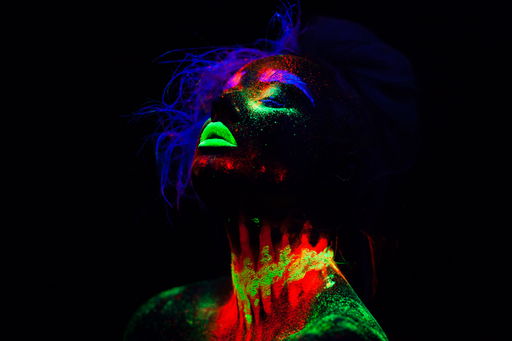 According to The Cut, microdosing works best when you take an amount short of what would make you “trip.” Usually, that’s about one-tenth to one-20th of a recreational dose for someone with average body weight. In a nutshell, you don’t have to take enough of a hallucinogen to cross the threshold that makes you high to reap the mind-altering benefits, according to the microdosing community.
According to The Cut, microdosing works best when you take an amount short of what would make you “trip.” Usually, that’s about one-tenth to one-20th of a recreational dose for someone with average body weight. In a nutshell, you don’t have to take enough of a hallucinogen to cross the threshold that makes you high to reap the mind-altering benefits, according to the microdosing community.
A growing number of posts on the discussion website Reddit indicate that people are microdosing anything from cannabis to ketamine, to magic mushrooms. However, much of the literature and buzz today surrounds the microdosing of LSD. What follows is what psychonauts have to say about it.
LSD is often the drug of choice for professionals who say that dropping a smidge of acid gives them the exceptional competitive edge they need. Developers in Silicon Valley are alleged to be after the sharpness of mind and bursts of energy the drug reportedly brings them.
Powerful business magnate and Apple co-founder Steve Jobs gave one of the most powerful testimonials in support of using LSD. Jobs unabashedly said using it was a profound experience, and that he credited dropping acid with his desire to “create great things instead of making money.”
For some reason, people don’t usually equate genius with drug use, but Steve Jobs definitely proves the two are not always mutually exclusive. Since too much acid may have interfered with his work, perhaps Jobs microdosed it. The possibility that he sometimes used a microdosing regimen to help pioneer the PC revolution is something plausible to consider.
Madeline, a married New Yorker who works as a film editor, reported how she microdoses with LSD saying,
“Sub-doses of 10 to 20 micrograms allow me to increase my focus, open my heart, and achieve breakthrough results while remaining integrated with my routine. … I would venture to say that with, response time, and visual and mental acuity seem greater than normal on it.”
Madeline also reported that she microdoses this way about six times per month.
Erica Avey told The Guardian in an interview that she microdosed LSD for her depression. She took about 15 micrograms of the counterculture drug and indicated that the amount worked for her. Avey also said that some microdosers take as little as six micrograms. The 27-year-old added that she sticks by the protocol of cycling one day on & three days off.
James Fadiman’s protocol is a regimen of a 10-microgram dose of acid on every fourth day. Ayelet Waldman, the author of the 2017 book “A Really Good Day: How Microdosing Made a Mega Difference in My Mood, My Marriage, and My Life,” made Fadiman’s regimen mainstream. In the book, Waldman recounts how she successfully used the psychologist’s regimen for microdosing to treat her debilitating mood disorder.

Dreams are one of the most mysterious occurrences of the human experience. While studies have shown that other species may dream as well, the difference
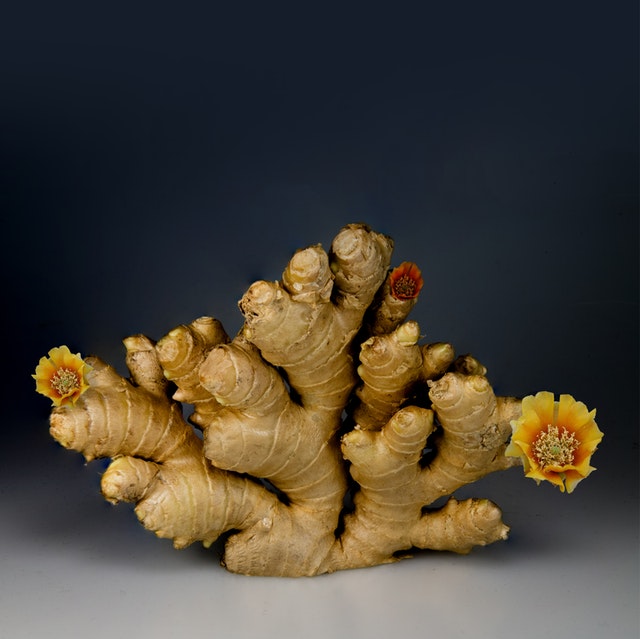
The benefits of ginger and its powerful effect on humans health have already been known in Chinese medicine for centuries. It is no longer just
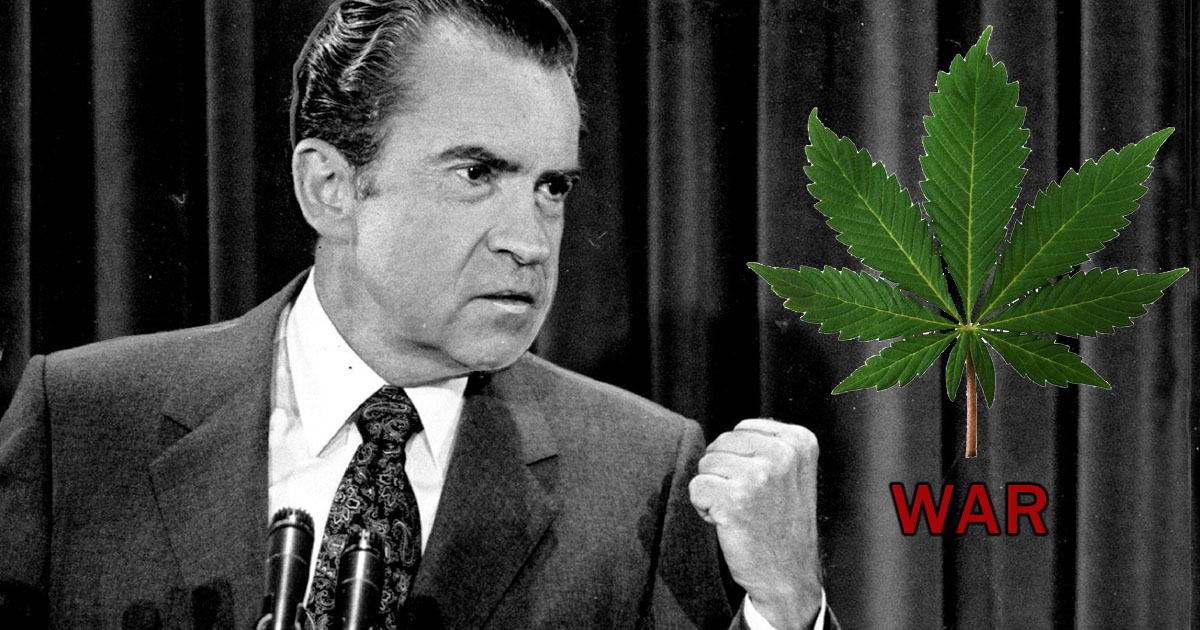
Nixon and the War on Drugs In June 1971, US President Nixon officially declared a “War on Drugs,” stating that drug abuse was the public
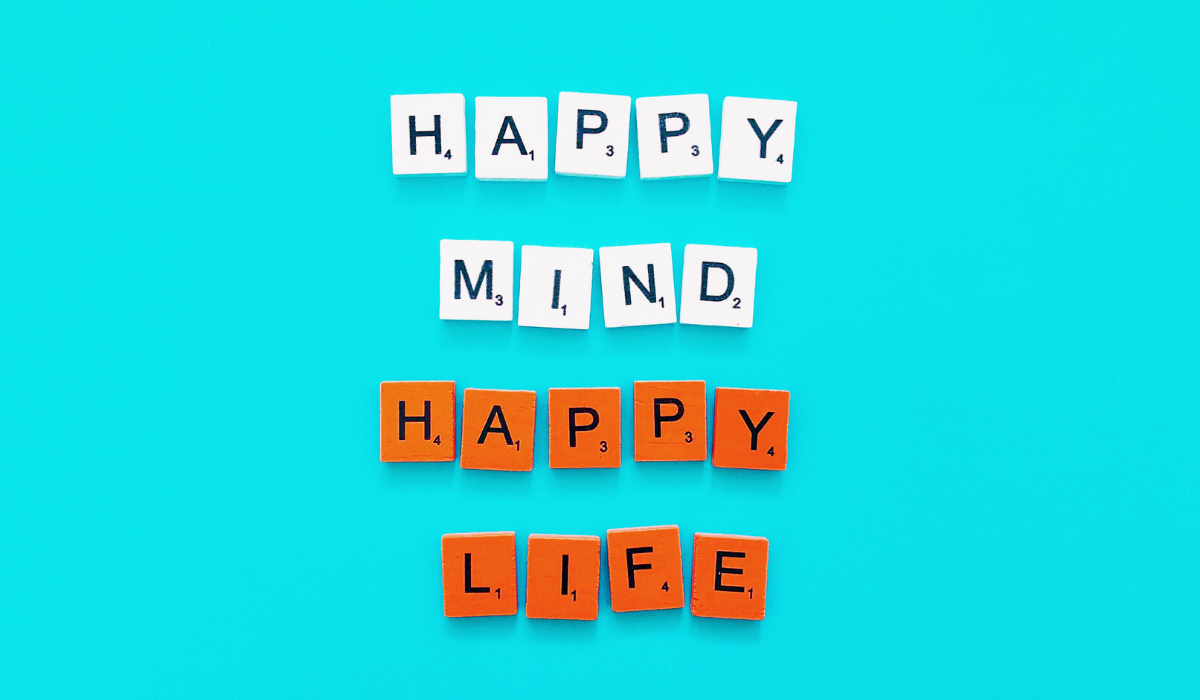
If you take a step back and look at the relationship you have with your mind, what would you see? Do you enjoy being inside
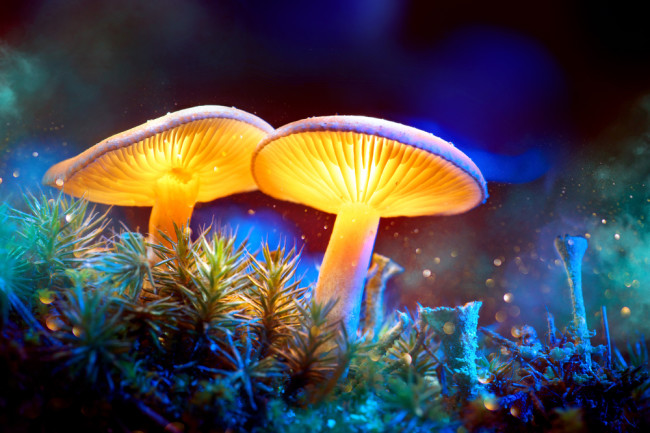
What are truffles? Magic truffles are a species of psilocybin mushrooms. However, technically by law they are not placed in the same category as ‘mushrooms’.

Psychedelics as a brain hack? Yes, believe it, or not psychedelics can help improve your brain. With psychedelics, you can train your brain to function
GET 10% DISCOUNT WITH NOTIFIED ABOUT THE LATEST NEWS AND UPDATES. NO SPAM, WE PROMISE!
FREE Tracked shipping on orders over €250 to EU countries.
Monday- Friday 8.30am- 5pm (CET)
A range of options available
Guaranteed delivery or your money back